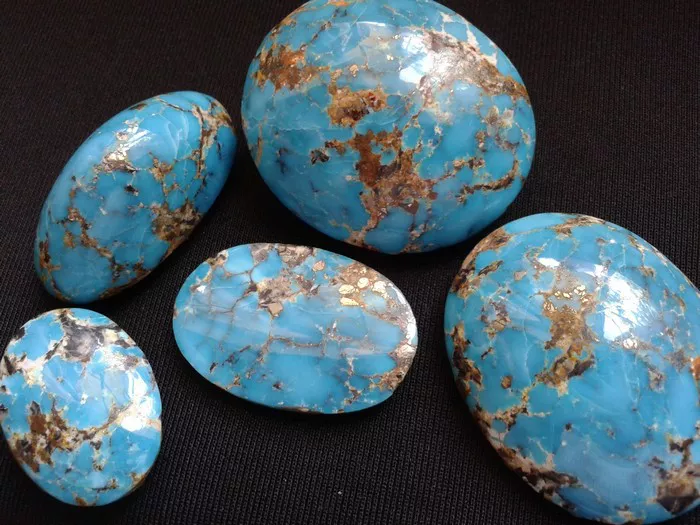Unraveling the Origins of a Beautiful Gemstone
Gemstones have long captivated human beings with their mesmerizing colors, unique patterns, and metaphysical properties. One such gemstone that has gained popularity in recent years is purple copper turquoise. Its vibrant purple hue, combined with intricate veining and patterns, makes it a highly sought-after gemstone among jewelry enthusiasts and collectors alike.
But where does this fascinating gemstone come from? Let’s delve into the geological origins and extraction process of purple copper turquoise to uncover its story.
Geological Origins
Purple copper turquoise is primarily found in specific regions of the world known for their rich mineral deposits. The gemstone is a byproduct of copper mining, which lends its name “copper turquoise” to the stone. While turquoise itself is typically blue or green, the addition of copper during formation gives rise to the stunning purple variety.
The largest sources of purple copper turquoise are located in the southwestern United States, particularly in Arizona and Nevada. These regions are renowned for their extensive copper mines, making them prime locations for the discovery of turquoise deposits. Mexico, specifically the state of Sonora, is another significant producer of purple copper turquoise. Other smaller deposits can be found in parts of Africa, including Egypt and Tanzania.
Formation Process
Turquoise, including the purple copper variety, forms when water containing specific minerals percolates through rocks over an extended period. This process occurs in areas where copper-rich solutions interact with aluminum phosphate minerals and other elements. Over time, the chemical reactions and conditions at play result in the creation of turquoise.
In the case of purple copper turquoise, the distinctive purple color emerges due to the inclusion of copper in the turquoise crystal lattice. The exact mechanisms of how these color variations occur are still a subject of scientific study, but it is believed that the presence of copper alters the crystal structure and absorption properties, leading to the purple hue.
Extraction and Mining
Mining turquoise is an intricate process that requires expertise and careful handling. In the case of purple copper turquoise, the gemstone is extracted as a byproduct during copper mining operations. Miners search for turquoise veins or nodules within the copper ore deposits, which are then carefully removed using specialized techniques to ensure minimal damage.
The extraction process involves various steps, including blasting, excavation, and sorting. Once the purple copper turquoise is extracted, it undergoes further processing to enhance its beauty and durability. This may include cutting, shaping, polishing, and stabilizing the gemstone to improve its color intensity and protect it from changes due to exposure to light or chemicals.
Cultural Significance and Use
Turquoise has held cultural significance throughout history, revered by ancient civilizations such as the Egyptians, Persians, and Native Americans. It has been regarded as a sacred stone symbolizing protection, wisdom, and positive energy. Purple copper turquoise, with its unique coloration, adds another layer of allure and mystique to this cherished gemstone.
Today, purple copper turquoise is widely used in jewelry making. It is crafted into stunning rings, necklaces, bracelets, and earrings, showcasing its vibrant purple hues and intricate patterns. The gemstone’s popularity has surged in recent years, captivating both jewelry enthusiasts and fashion designers who appreciate its exceptional beauty and versatility.
Conclusion
Purple copper turquoise is a remarkable gemstone that owes its existence to the perfect combination of geological processes and human craftsmanship. Born from copper mining operations, this stunning gemstone has found its way into the hearts of many for its mesmerizing purple color and exquisite patterns.
From the copper-rich mines of Arizona and Nevada to the turquoise deposits of Mexico and beyond, purple copper turquoise continues to captivate with its unique beauty. As we unravel the origins of this gemstone, we gain a deeper appreciation for the natural wonders that lie beneath the Earth’s surface.


